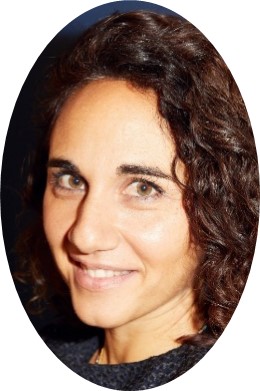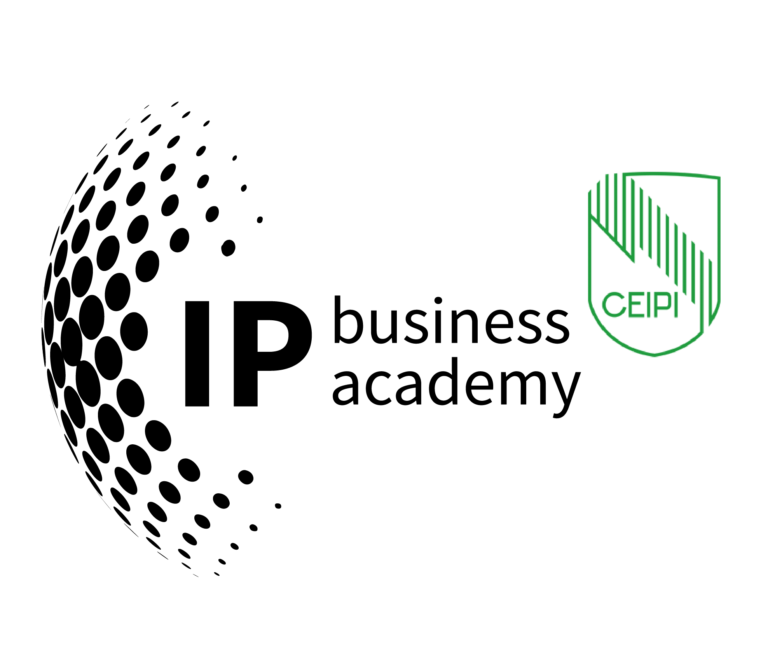LinkedIn mastery for IP experts – from profile to conversations
In column #8, we talked about thought leadership through publications and placements. Today, we move to the platform where most of these conversations begin and continue: LinkedIn.
For many IP experts, LinkedIn is still seen as a digital CV or a place for job hunting. But in reality, it’s the world’s largest professional platform, a stage where reputations are built, networks are shaped, and business opportunities emerge. If you want your expertise to be visible beyond your immediate circle, LinkedIn is not optional. It’s essential.
Let’s look at three levers you can use to make LinkedIn work for you: your profile, your network, and your conversations.
Your profile – more than a business card
Think of your LinkedIn profile as your professional “front door.” When someone googles you, chances are your LinkedIn profile appears first. What impression does it create?
A strong profile is not about listing every detail of your CV. It’s about clarity:
- Headline: More than your job title. Instead of “Patent Attorney,” think: “European Patent Attorney | Helping MedTech companies to navigate IP complexity.”
- About section: This is your story: why you do what you do, what makes you different, how you help. Not in buzzwords, but in clear, human language.
- Featured section: Showcase one or two publications, talks, or articles. These act as proof points of your expertise.
Your profile should answer the silent question every visitor has: “Why should I trust you?”
Growing your network – quality first
Many IP experts hesitate to grow their network because they don’t want to seem “salesy.” But networking on LinkedIn is not about collecting names. It’s about building meaningful connections.
Start simple:
- Connect with colleagues, clients, peers, and people you meet at conferences.
- Add a short personal note when sending requests: “ I’d like to stay in touch.”
- Follow associations, journals, and thought leaders in your field.
Remember: a strong network is not measured by numbers, but by relevance. A well-curated network makes your content visible to the right people and keeps you plugged into important conversations.
Sparking conversations – visibility through interaction
The real value of LinkedIn lies not in posting once in a while, but in engaging consistently. You don’t have to write daily essays, conversations often start small:
- Comment thoughtfully on articles or posts in your field (“I see the same challenge with clients in the pharma sector. One way to address it is…”).
- Share insights from your daily work (without breaching confidentiality): patterns, lessons, observations.
- Ask questions that invite dialogue rather than just broadcast opinions.
Over time, these micro-interactions add up. They signal that you are active, approachable, and invested in your field.
Publishing is strategic, not cosmetic
As I’ve said in earlier columns: personal branding is not about being louder, but about being clearer and more consistent. LinkedIn is a tool to make your expertise accessible, not an end in itself.
Used well, it strengthens trust, accelerates relationships, and ensures that your knowledge does not remain hidden.
First steps checklist
If you want to make progress right away, here are three small but powerful actions you can take this week:
1 . Review your headline. Does it say more than your title?
2 . Write down three client questions you’re often asked: each one is a potential post.
3 . Send one personalised connection request after your next meeting or event.
Until then, a question to reflect on:
When someone visits your LinkedIn profile today, what story do they read about you, and is it the story you want to be known for?
About the columnist
 Giulia Donato
Giulia Donato
Branding & Communication Advisor | Executive Coach | Lecturer
people & brand strategies
www.donatostrategies.com



